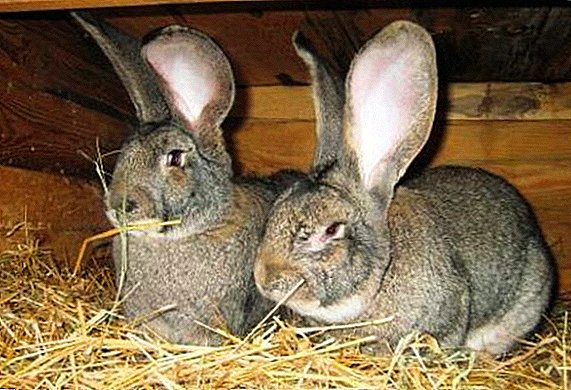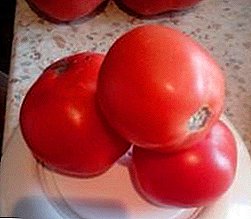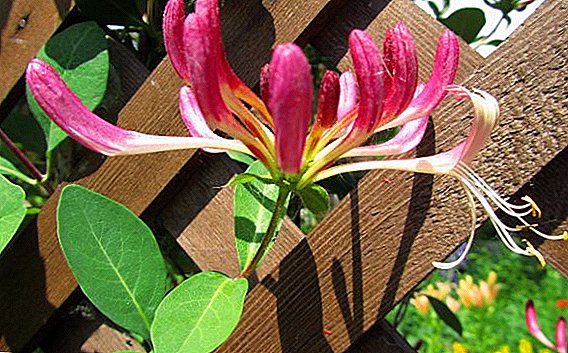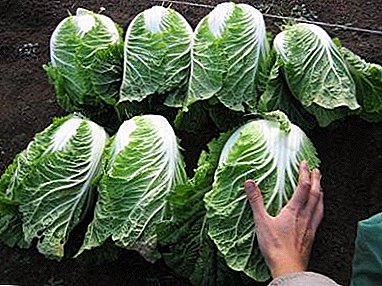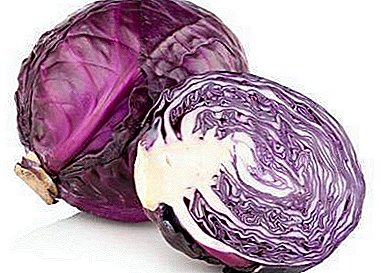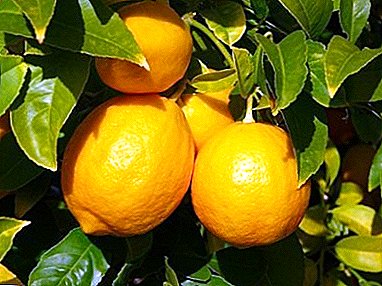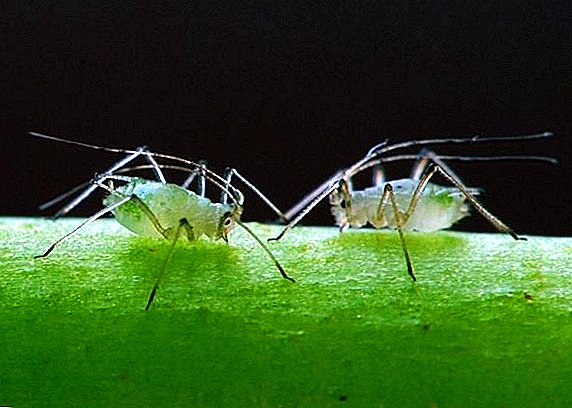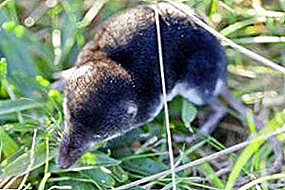
Shrew easy to confuse with the mouse : the same color of fur, long tail.
The only difference is in the shape of the face: in a shrew, it ends in an elongated proboscis (thanks to which it got its name).
Yes, these animals do not have any kinship with the mouse, since the mice belong to rodents, while shrews belong to insectivorous mammals.
Habitat
This is one of the smallest predators on the planet. Due to their aggressive nature they got the nickname "little devils". The family of shrews has about 300 species, which in turn are combined into 2 subfamilies: shrews (with white teeth) and shrew (with dark teeth).
The main species are: tiny shrew, dwarf polytube, water cooter (inhabits mainly on the shores of Russian water bodies), giant white shrew. These tiny animals are spread almost all over the globe, they are not frightened by heat or cold. Answer the question: Where does the shrew live? very simple - everywhere.
They can be found: in South America, Colombia, USA, Russia. The only exceptions are the polar regions (representatives of this family can be found extremely rarely) and Australia.
 About 20 species of shrews live in Russia. The most common shrew. The shrew is a very small animal, body length depending on the species is from 3 to 18 cm.
About 20 species of shrews live in Russia. The most common shrew. The shrew is a very small animal, body length depending on the species is from 3 to 18 cm.
The fur of her fur coat is thick and short brown in color, her teeth are sharp, the muzzle is elongated, at the end is a movable proboscis, which she actively uses to search for food, loosening and digging up the ground, on the sides of the body are special glands that secrete sharp musky smellthat scares off enemies.
The shrews have a well developed sense of touch and smell, but their eyesight is rather weak. They do not hibernate, they are active year-round, in the warm season they crawl in the foliage in search of food, and in the winter they run under the snow cover. Breed 1-2 times a year, in each brood there are from 1 to 10 babies. The most active breeding season is spring - summer. Life expectancy is 18 months.
Where is it found?
Where does the shrew live? This animal is unequivocally terrestrial (even water trappers settle in burrows on the banks of water bodies, preferring land to water). Usually for the place of settlement they choose forests with dense vegetation, gardens, as they like to sleep on soft bedding from last year’s foliage.
Nora do not dig deep, but rarely do it themselves, preferring to take someone else's house, left by the owner. The rotten trees, where you can find a cozy cleft or a hollow, enjoy special love among the animals. It's almost impossible to see them during the day, they appear from their shelters only at night.
Each shrew has clear habitats (the territory on which it hunts). The boundaries of the plots are often in contact with each other, but do not overlap. You can not break them. Food plays for these animals not the last role, and she does not intend to share hunting areas.
If, however, another shrew dares to invade other people's possessions, she will face a fight, as a result of which one of the animals may die. Shrews are very brave and ready to fight for their prey, not only with their relatives, but also with lizards and mice.
They treat their territory with care. Eating insects on a small area of it, they move on to another, leaving the previous one for several days to replenish their food reserves.
Nutrition
 Shrews have an active digestive process. That is why she is in search of food. almost around the clock with short rest breaks. Their day is not divided into night and day, but on hunting and sleeping.
Shrews have an active digestive process. That is why she is in search of food. almost around the clock with short rest breaks. Their day is not divided into night and day, but on hunting and sleeping.
Different species of individuals have their own day: some are divided into 10 intervals, others into 78, that is, 78 times the animal goes to bed and gets up to get food.
You can see the live shrew in this video:
Shrews incredibly voracious creatures. To maintain the necessary body temperature (they are warm-blooded), as well as to fill up the necessary energy supply (shrews are very mobile), the digestion process with constant heat generation must occur all the time, therefore they eat up a huge amount of food. Sometimes the amount of food eaten per day exceeds their own weight.
Shrew, what eats this animal? The diet depends on the time of year:
- in the warm season, the main food is made up of various insects: bears, wormsslugs caterpillars, woodlice. If the shrew is very hungry, a predator wakes up in it, in which case it can attack small rodents (mice). Waterfishes feed on small fish and frogs;
- winter is very difficult. The animals hardly break the ground under the snow to reach the insects, do not hesitate to plant seeds. Winter is a hungry time, so few of them live to the heat.
Benefit and harm
 Shrews bring considerable benefits to man.
Shrews bring considerable benefits to man.
Thanks to their unique nose-trunk, they loosen the soil in gardens and kitchen gardens.
They saturate it with oxygen while destroying various harmful insects and larvae.
Yet the mink of animals may not like the lovers of beautiful lawns.
The shrews look like cute and fluffy creatures that are harmless enough for people, but their bite can be quite painful, therefore Do not try to catch these animals and take them in hand.



